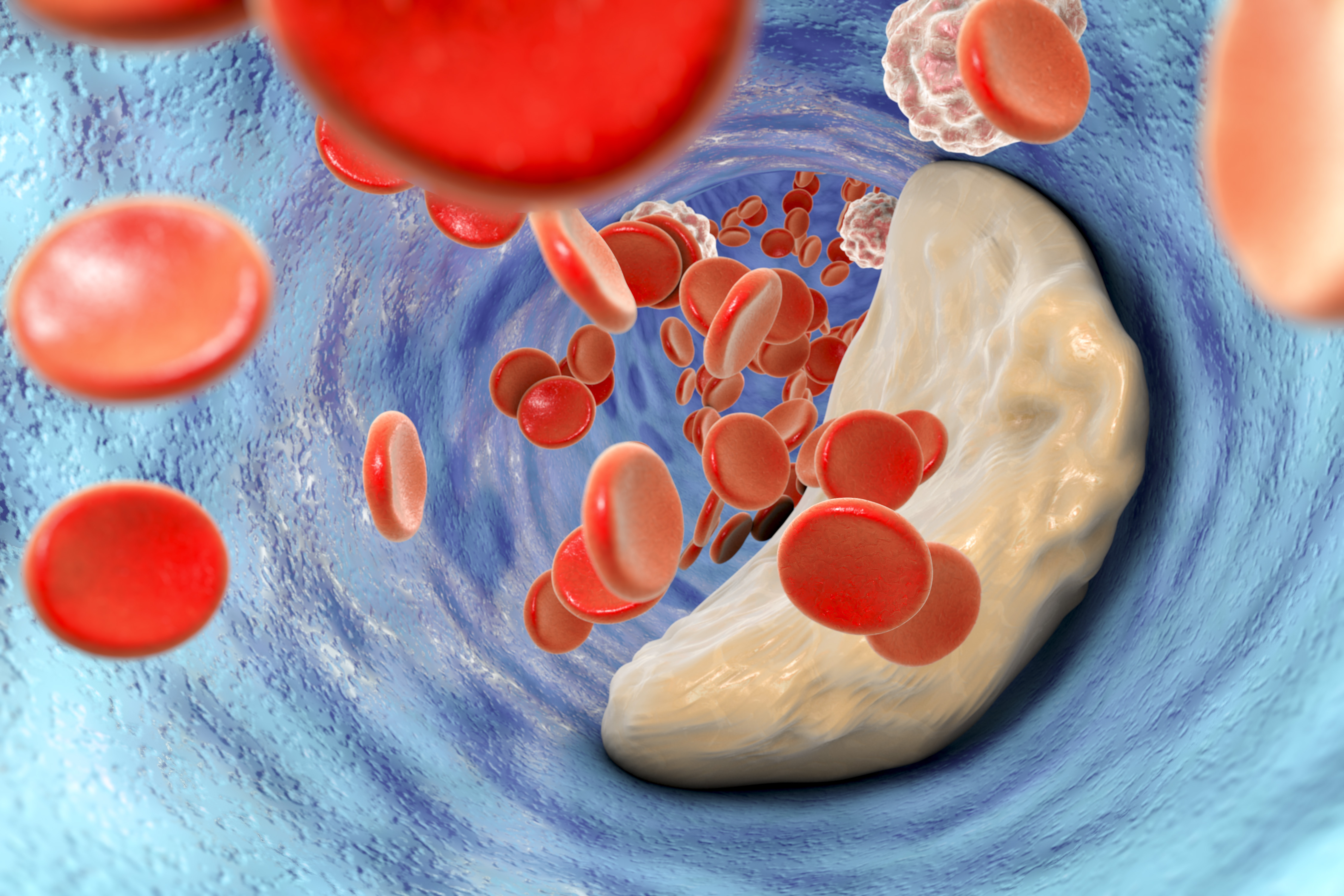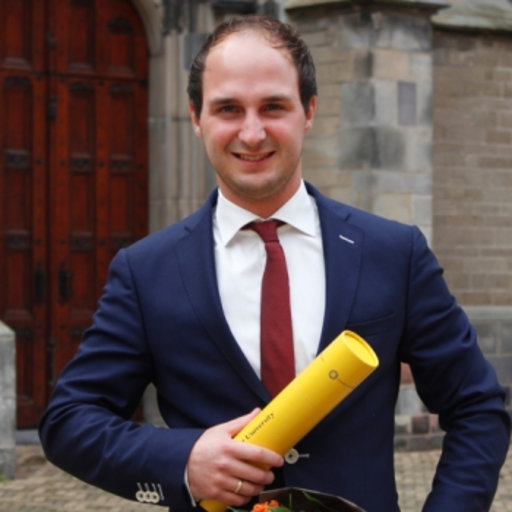Key Points:
- The majority of US adults at elevated risk for ASCVD do not engage in the recommended amount of daily exercise.
- Behavioral economic strategies to incentivize increased physical activity have shown promise in short-term trials.
- The purpose of this randomized controlled trial was to determine the impact of these strategies when applied in combination and followed over a longer period of time.
- Adults at elevated ASCVD risk who were randomized to a 12 month intervention of gamification, financial incentive, or a combination of the two significantly increased their physical activity from baseline compared to a control arm consisting solely of text message alerts, however only the combination arm outperformed the control arm 6 months after the intervention period ended.
It is well-established that increasing physical activity can help reduce future cardiovascular events, however most US adults at elevated risk for atherosclerotic cardiovascular disease (ASCVD) do not get enough exercise to reap these benefits. Strategies borrowed from behavioral economics have been leveraged to encourage increased physical activity in the short-term, but their longer-term effectiveness remains uncertain.
On April 7, 2024, the results of the “The BE ACTIVE Randomized Clinical Trial: Effect Of Gamification, Financial Incentives Or Both Combined To Increase Physical Activity Among Patients With Elevated Risk For Major Adverse Cardiovascular Events” were presented at ACC Scientific Sessions 2024 as a Late Breaking Clinical Trial with simultaneous publication in Circulation. The purpose of this study was to test the effectiveness of gamification, financial incentives, or both in increasing physical activity among adults with elevated ACSVD risk over 12-18 months.
This was a randomized, parallel, double-masked trial that included adults aged 18 or older with a 10-year ASCVD risk of at least 7.5% who had a primary care provider in the University of Pennsylvania Health System and had a baseline daily step count of <7500 were included. All participants established their own goal to increase their daily step count by 33%, 40%, 50%, or by an absolute increase of 1500 steps from their baseline. They were then randomized in a 1:2:2:2 fashion to the control and three intervention arms. The primary outcome was change in daily steps from baseline over the 12-month intervention period using an intention-to-treat analysis. Secondary outcomes included change in daily steps from baseline over the 18-month study period and change in moderate to vigorous physical activity levels. Enrollment was targeted for 85% power to detect a difference of 750 steps between any two groups.
The control arm participants received daily text messages during the entire 18 month study informing them whether or not they had achieved the previous day’s step goal. There were three interventions arms. The first was the “gamification” arm. At the beginning of each week of the intervention period they received 70 points. For each day they failed to meet their step goal, 10 points were subtracted. At the end of the week, those with 40 or more points moved up a level in the game, and those with less moved down a level. The second was the “financial incentive” arm. Each week $14 was placed in a virtual account, and each day participants failed to hit their step goal, $2 was deducted from the account. The third was the “combination” arm, which received both the gamification and financial incentive interventions. After the 12 month intervention period, all the intervention arms received text messages informing them of whether or not they hit their previous day’s step goal for the next 6 months, similar to the control arm.
A total of 101,664 patients were contacted and offered enrollment. Of these, 1,062 were randomized, with a mean age of 67 +/- 8 years; 60% were female and 25% were Black. The mean baseline daily step count was 5030 +/- 1599. Overall, 973 participants (91.6%) completed the 12-month intervention and 950 (89.4%) completed the entire 18-month study. For the primary outcome at 12 months, the mean daily step count from baseline increased by 1418 for the control group, 1954 for gamification arm (+538 over control), 1915 for the financial incentive arm (+492 over control), and 2297 for the combination arm (+868 over control). This represented about 10% more steps in each of the intervention arms compared to the control arm. For the secondary outcome at 18 months, only the combination arm had a statistically significant increase in step count from baseline compared to the control arm. Participants in all four arms had an average increase in moderate to vigorous physical activity of at least 40 minutes from their baseline.
Limitations of this study include generalizability, as all participants were in the same primary care network and self-volunteered for this study, and lack of clinical endpoints. However, potential advantages include the automated nature of the interventions and scalability.
Dr .Alexander Fanaroff of the University of Pennsylvania concluded: “This is one of the largest and longest-duration randomized trials of a home-based intervention to promote physical activity… The gamification and financial incentives interventions were equally effective, but the combined intervention was significantly more effective than either intervention alone… Our findings show that interventions based on techniques from behavioral economics can achieve and sustain increased levels of physical activity in a population with risk factors for cardiovascular disease and could be another tool to help reduce cardiovascular risk.”



